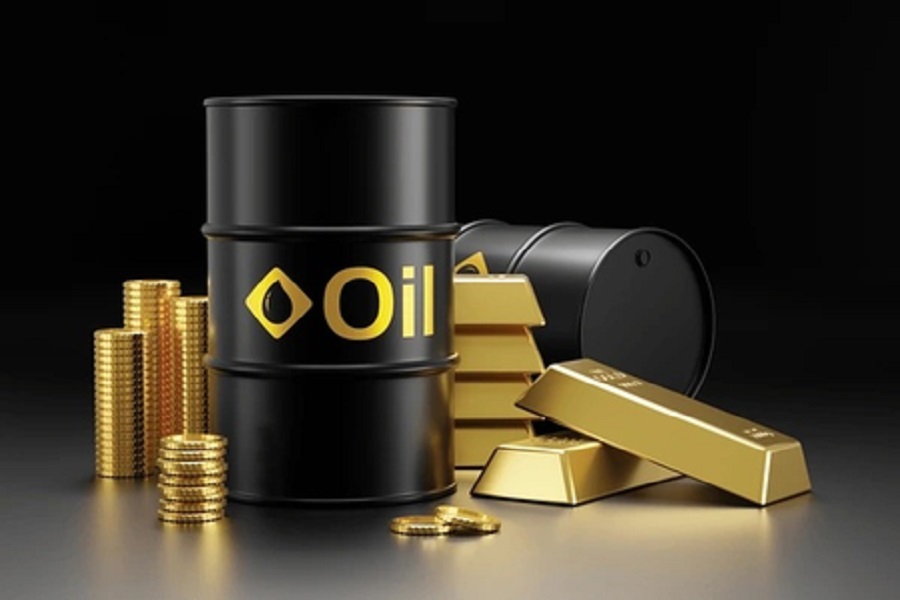Perspective on Gold Ms. Riya Singh - Research Analyst, Commodities and Currency , Emkay Global Financial Services Ltd

Below the Perspective on Gold Ms. Riya Singh - Research Analyst, Commodities and Currency , Emkay Global Financial Services Ltd
“Gold began the week on a positive note, buoyed by a weaker dollar and a push from technical buying as prices reclaimed the $3,300 mark. Early support came after reports that President Trump personally urged Fed Chair Powell to lower rates to 1%, raising hopes of monetary easing. However, those hopes were soon dampened by Powell’s hawkish tone at the ECB Forum, where he emphasized patience despite inflation expectations, causing gold’s upside momentum to falter. Midweek, disappointing private employment data briefly lifted gold as the dollar weakened, but a strong US Nonfarm Payrolls report reversed that move, dragging gold lower and slashing July rate cut bets. With markets closed for the July 4 holiday, bullion entered a consolidation phase. Meanwhile, easing geopolitical tensions — including a potential Israel-Hamas ceasefire and softened rhetoric around US-China trade — reduced safe-haven demand. Yet, fresh tariff threats on BRICS nations and uncertainty surrounding the July 9 trade deadline have kept volatility alive. Despite gold closing near a six-week low, elevated investor positioning reflected in rising net-long futures and ETF inflows suggests underlying bullish sentiment. In the near term, with no major US data scheduled, gold’s direction may hinge on trade developments and any surprises in Wednesday’s Fed minutes. On the technical front, a break above $3,320 would indicate renewed bullish momentum in gold, potentially paving the way for an advance toward the $3,365 – $3,400 zone. Conversely, a sustained move below the $3,288 support level could trigger further downside, with prices likely to drift toward $3,260 and possibly extend the decline to $3,200.
Silver enters a crucial week as U.S. President Trump’s July 9 tariff deadline draws near, with intensifying trade tensions expected to influence industrial metal demand significantly. The announcement of fresh tariffs—ranging from 10% to 50% on major trading partners, following a 20% levy on Vietnamese imports—has already sparked defensive positioning across commodity markets. For silver, which serves both as an industrial metal and a safe-haven asset, this backdrop is fueling physical demand, particularly from sectors like electronics and solar, where manufacturers may accelerate stockpiling to hedge against potential supply disruptions. On the technical front, silver’s recent breakout above $36.30 and retest of $36.84 underscored bullish strength, although some profit-taking dragged it back from the recent peak of $37.22. If silver manages to hold above the key support at $36.00, it could regain upward momentum and retest the $37.00–$37.50 zone. However, a decisive break below $36.00 may open the door to further declines toward $35.39. Supporting the bullish case, CFTC CoT data for June 28 showed a sharp rise in speculative long positions, with non-commercial net-long up by over 4,200 contracts, reflecting increasing investor confidence. While a hawkish surprise in the upcoming Fed minutes may temporarily limit gains, underlying sentiment remains structurally bullish, with any dips likely viewed as fresh buying opportunities.
Crude oil enters a decisive phase as OPEC+ shocks the market with a steeper-than-expected production hike of 548,000 barrels per day for August, marking a bold acceleration in its pivot from supply restraint to market share maximization. This move puts the alliance on track to unwind its 2023 output cuts nearly a year earlier than scheduled, highlighting a dramatic strategy shift driven by confidence in strong summer demand, low global inventories, and a stable economic outlook. The timing coincides with peak seasonal consumption in the northern hemisphere, with US refiners running at multi-year highs and diesel prices soaring. Yet, this aggressive ramp-up also raises red flags. Oil inventories are already growing at an estimated pace of 1 million barrels per day, and concerns are mounting about oversupply heading into the latter part of the year, especially with Chinese demand softening and output surging from the US, Canada, Brazil, and Guyana. Despite the bullish near-term sentiment, prices fell post-announcement, reflecting market unease about the sustainability of this supply-led approach. Internally, the strategy appears aimed at consolidating Saudi Arabia’s leadership, punishing quota violators like Kazakhstan, and pressuring US shale producers, who are already cutting back drilling plans amid price uncertainty. The decision also seems aligned with political considerations, as it indirectly supports US calls for lower fuel prices. Looking ahead, OPEC+ is considering another 548,000 bpd hike in September, which, if approved, would bring nearly 2.2 million bpd back online. Unless demand surprises to the upside or geopolitical risk premiums resurface, oil remains vulnerable to downside.
Natural gas prices remained under firm selling pressure last week, settling nearly 9% lower amid a confluence of bearish drivers, led by cooler weather forecasts that sharply reduced summer demand expectations. Early models hinting at widespread heat across the East Coast gave way to updated forecasts projecting milder temperatures in the 70s–80s, curbing air conditioning usage across key consuming regions like the Midwest and South. Simultaneously, strong production—reaching 107.4 Bcf/d, up 3.7% year-on-year—continued to outpace softening demand, creating a persistent daily surplus of over 30 Bcf/d. EIA storage builds remained elevated, with recent injections of +96 Bcf and +55 Bcf exceeding expectations and pushing inventories 6.2% above the five-year average, reinforcing oversupply concerns during what is typically peak cooling season. LNG feedgas demand held steady around 15 Bcf/d, but export growth remained insufficient to offset the mounting domestic surplus, especially with European storage at 60% and Chinese LNG demand constrained by high inventories, weak industrial activity, and falling spot import prices. The easing of geopolitical tensions, particularly between Israel and Iran, further stripped away risk premiums. Technically, natural gas is trading weak near $3.29, with key support at $3.26–$3.20; a breakdown could open the path to $3.10–$2.90, while any rebound may face resistance near $3.50. Without a strong weather-driven demand shift or a meaningful production cut, natural gas remains vulnerable to further downside in the near term.
Copper and aluminium enter the week under pressure as rising trade tensions, softening fundamentals, and seasonal demand trends weigh on sentiment. US President Trump’s announcement of an additional 10% tariff on countries aligned with the BRICS bloc, on top of existing duties, has heightened global uncertainty just ahead of the July 9 tariff deadline. For copper, this policy shock, coupled with rising LME and SHFE inventories and fading consumption momentum at higher price levels, has undermined recent gains driven by tight global stockpiles and dollar weakness. Prices are now retreating as markets reassess demand risks amid slower Chinese industrial activity and a potential global economic hit from trade disruptions. Aluminium faces similar headwinds, with Trump’s threat of 60–70% tariffs and stalled trade negotiations fanning fears of slowing global demand. Although global manufacturing PMI rose for a second month, it remains in contraction, limiting support. Domestically, aluminium ingot inventories are rising, casting ingot production is increasing, and downstream sectors are entering an off-season, further weakening demand. However, tight supply in China, capped production, and a forecasted global deficit of up to 3.1 million tons this year could cushion the downside. Alumina market dynamics offer a mixed picture—while production capacity remains high, tightening spot supply has triggered a short-term rebound in prices. Overall, despite medium-term supply constraints, near-term risks remain tilted to the downside for both copper and aluminium amid macro uncertainties, inventory builds, and seasonal demand weakness.
The US Dollar enters the week on a fragile footing, with downside risks continuing to mount despite intermittent rebounds. After dipping to a multi-year low near 96.40, the greenback saw a modest recovery, supported by stronger-than-expected US nonfarm payrolls and a resilient unemployment rate, which delayed expectations of near-term Fed rate cuts. However, the dollar’s overall weakness persists, driven by heightened geopolitical risks and growing scepticism over the US’s global trade stance. President Trump’s looming July 9 tariff deadline, threats of 10–70% duties on BRICS-aligned nations, and delays in concluding major trade deals have injected considerable uncertainty into markets. While short-term demand for the dollar has been bolstered by haven-seeking investors amid trade friction, the longer-term outlook remains bearish. Technical signals confirm this vulnerability—momentum indicators stay weak, and the DXY remains below key long-term moving averages. Despite a slight repricing of Fed policy, concerns around inflationary pressures from tariffs and fragile consumer demand could limit the central bank’s room to manoeuvre. Unless clarity emerges on US trade policy or the Fed signals a firm tightening stance, the dollar’s path of least resistance remains downward, with deeper support levels in focus amid persistent global realignment and structural imbalances.
The Indian Rupee began the week on a weaker note, slipping toward 86.15 against the US Dollar, as renewed trade tensions added fresh volatility to the currency market. The sharp depreciation followed US President Trump’s threat of a 10% additional tariff on countries aligning with BRICS, a grouping to which India belongs. The remarks caught currency markets off guard, especially after hopes for a weekend breakthrough in trade talks had buoyed sentiment. As trade negotiations between India and the US hang in the balance ahead of the July 9 tariff deadline, the rupee faces downside pressure in the near term. A failure to strike even an interim agreement could subject Indian exports to elevated duties, dampening trade competitiveness and weighing further on the currency. Adding to the rupee's woes are persistent FII outflows and a shaky domestic equity market, although gains in forex reserves and lower global crude prices are offering some cushion. Technically, the USD/INR pair has reclaimed its 20-day EMA, with momentum indicators turning modestly bullish, keeping the 86.20- 86.45 level on the radar. Overall, unless clarity emerges around the evolving tariff framework, the rupee is likely to trade under pressure in the 85.30–86.50 range, with volatility set to remain elevated through the week.
The British Pound started the week on a softer footing, with GBP/USD hovering near 1.3580 as investors navigated a complex web of domestic and global developments. While Prime Minister Keir Starmer’s decision to retain Chancellor Rachel Reeves has offered some short-term political stability, fiscal concerns are rising. The recent increase in welfare spending without a clear offset plan has triggered speculation around possible tax hikes in the Autumn Budget, weighing on sentiment toward the Pound. Markets are also pricing in a higher probability of a Bank of England rate cut as early as August, especially following dovish commentary from Governor Andrew Bailey and MPC member Alan Taylor. This comes amid growing signs of economic fragility and expectations for a continued easing cycle into year-end. On the external front, the Pound remains caught between local headwinds and broader US Dollar dynamics. While the USD trades off its multi-year lows ahead of the July 9 tariff deadline, uncertainties around America’s fiscal trajectory and Fed policy have kept its strength in check. With limited top-tier data early in the week, GBP/USD is likely to remain in consolidation until the UK’s GDP and factory output data later in the week offer clearer direction. However, the broader outlook for the Pound remains fragile given persistent fiscal risks, looming rate cuts, and the lack of clarity on future trade relationships in a world increasingly shaped by protectionist rhetoric.
The Euro started the week on a cautious note, with EUR/USD easing below 1.1720 amid lingering global trade uncertainties. Still, there are supportive undercurrents for the common currency that could provide resilience in the near term. Notably, German industrial production posted a solid 1.2% gain in May, defying market expectations and signaling that Europe’s largest economy may be regaining its footing. Moreover, Eurozone retail sales data, though mixed, showed stronger-than-expected year-on-year growth, offering some reassurance about the region's consumer demand. Beyond data, sentiment in Europe is being underpinned by a growing narrative around the Euro’s rising global stature. Policymakers are increasingly vocal about turning current geopolitical fractures into an opportunity to strengthen the Euro’s role as an international reserve currency. This shift, supported by calls for greater fiscal unity, deeper capital markets, and enhanced security capabilities, could provide the Euro with structural tailwinds over time. While near-term price action remains sensitive to US tariff headlines and dollar volatility, the broader eurozone narrative is increasingly anchored in long-term ambition and reform. Should the bloc capitalize on these efforts, the Euro may soon command more investor confidence—even amidst temporary headwinds from external shocks.”
Above views are of the author and not of the website kindly read disclaimer


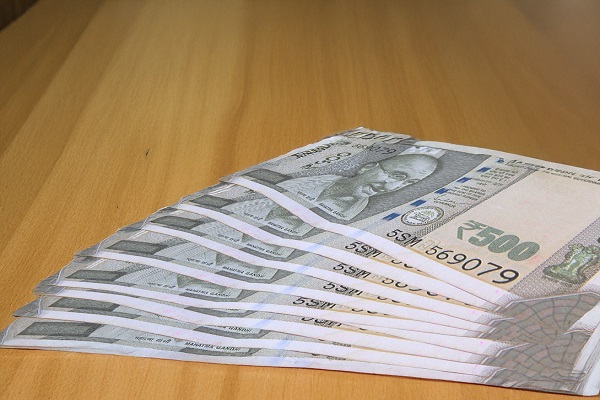


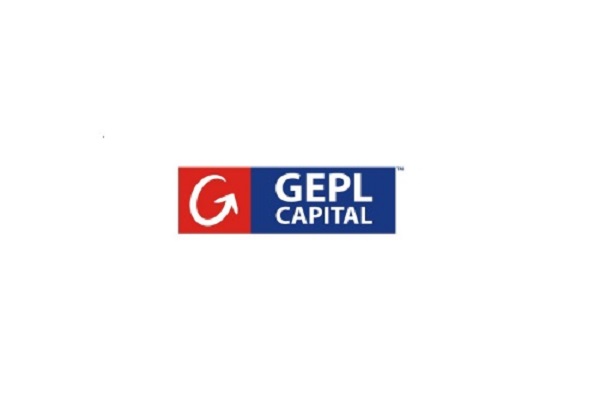


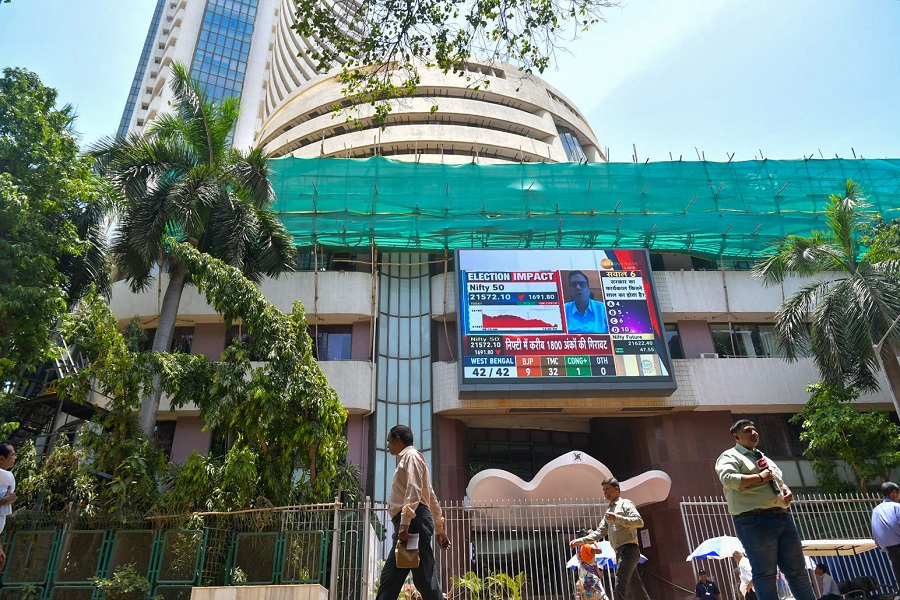
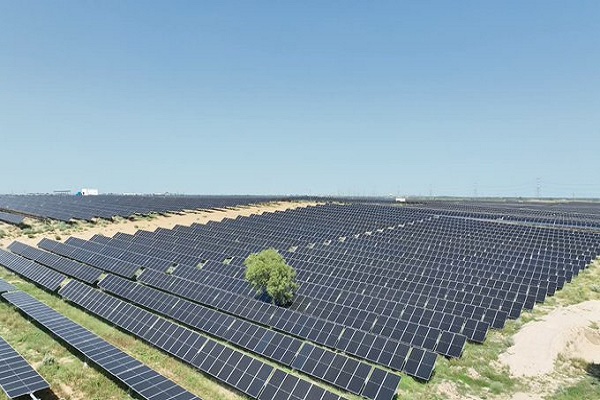
More News

India`s Oilmeal Exports Fall Amid Soybean Meal Slump By Amit Gupta, Kedia Advisory
